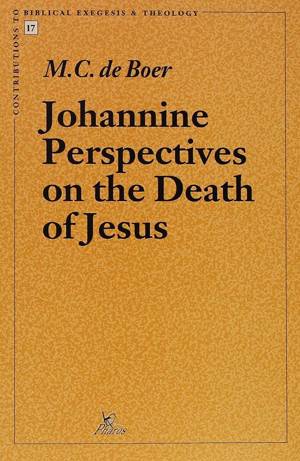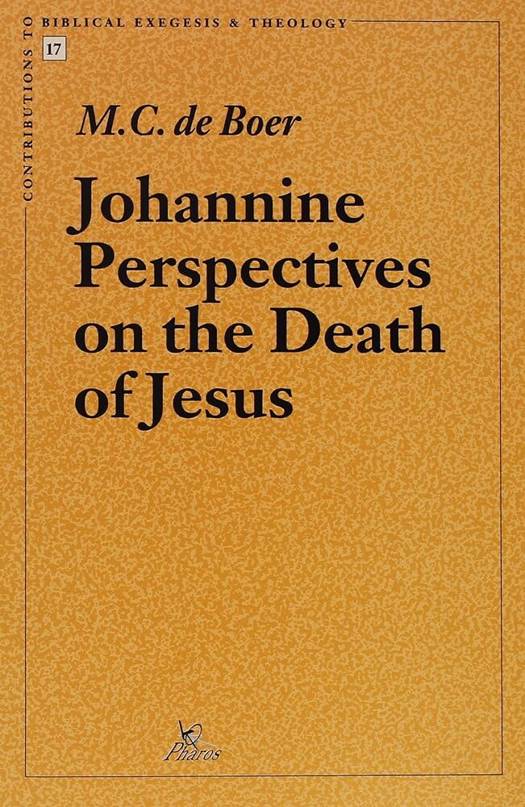
- Afhalen na 1 uur in een winkel met voorraad
- Gratis thuislevering in België vanaf € 30
- Ruim aanbod met 7 miljoen producten
- Afhalen na 1 uur in een winkel met voorraad
- Gratis thuislevering in België vanaf € 30
- Ruim aanbod met 7 miljoen producten
Zoeken
Omschrijving
How do the Gospel and Epistles of John depict the death of Jesus, and why do they do so in the way that they do ? The argument of this study is that there is a diversity of theological perspectives on Jesus' death in the Johannine Corpus and that at least some of that diversity can be elucidated with reference to the changing Sitze im Leben of the Johannine community. This book thus attempts to correlate Johannine theology with Johannine history, building on the earlier labors of Raymond E. Brown and J. Louis Martyn in particular. Part One assesses recent trends in Johannine scholarship and gives a fresh account of the history of Johannine Christianity and of its literary legacy. Part Two then investigates Jesus' death in the Gospel and Epistles of John, attempting to understand and to explain the diversity of Johannine theological perspectives with reference to historical developments and sociological realities. Focal point of discussion and analysis are Johannine passages which relate Jesus' death to the fulfillment of Scripture (e.g. John 12:37-39, 19:24, 36-37), to his departure or going away (e.g., 14:2-3), to his exaltation and glorification (e.g. 3:14, 8:28, 12:32-34; 13:31), and to the language of flesh, blood and water (John 6:51-56; 13:1-20; 19:34; I John I:7; 4:2; 5:6-8; 2 John 7).
Specificaties
Betrokkenen
- Auteur(s):
- Uitgeverij:
Inhoud
- Aantal bladzijden:
- 360
- Taal:
- Engels
- Reeks:
Eigenschappen
- Productcode (EAN):
- 9789039001912
- Verschijningsdatum:
- 1/01/1996
- Uitvoering:
- Paperback
- Formaat:
- Trade paperback (VS)
- Afmetingen:
- 150 mm x 231 mm
- Gewicht:
- 498 g

Alleen bij Standaard Boekhandel
+ 142 punten op je klantenkaart van Standaard Boekhandel
Beoordelingen
We publiceren alleen reviews die voldoen aan de voorwaarden voor reviews. Bekijk onze voorwaarden voor reviews.











